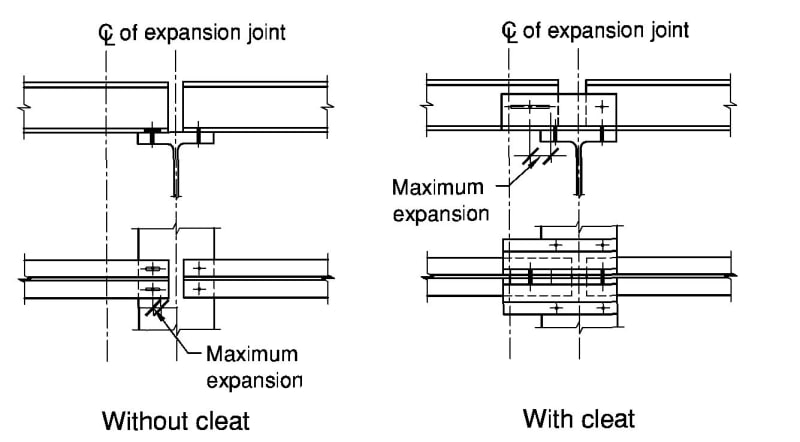RFreund
Structural
- Aug 14, 2010
- 1,882
Let's say we have a building expansion (movement) joint at the center of a 600' long building. Assume the thermal criteria controls the size of the joint and it needs to be 2" wide. The building is a single-story steel framed structure with metal stud acting as backup for brick veneer. The brick will have expansion joints spaced roughly 20' on center as is typical with brick. In this case it doesn't see to me that the brick would need a 2" gap at the building expansion joint as I wouldn't expect the brick to move 2". I believe I would just need the 2" gap between the roof framing and roofing material. Does this sound reasonable?
Thanks!
EIT
Thanks!
EIT

